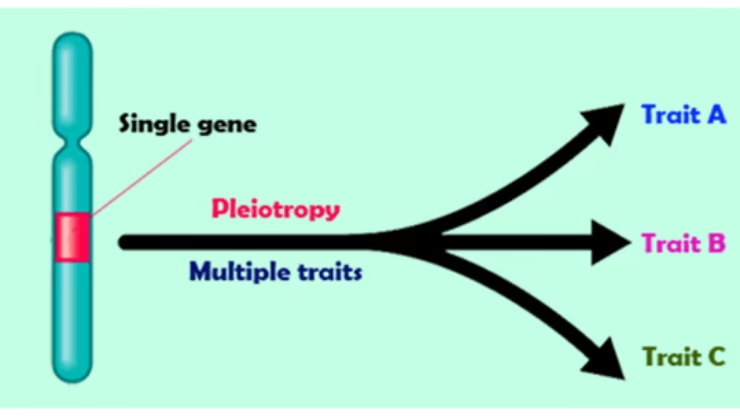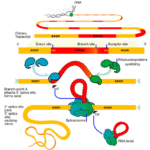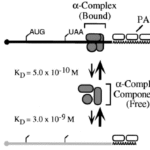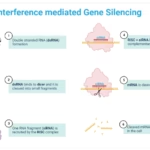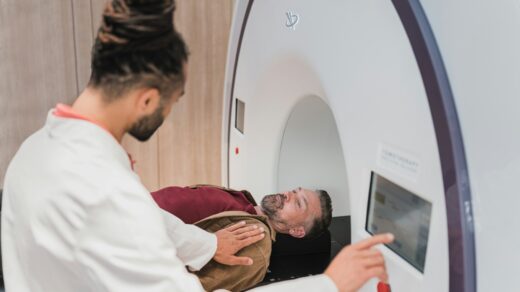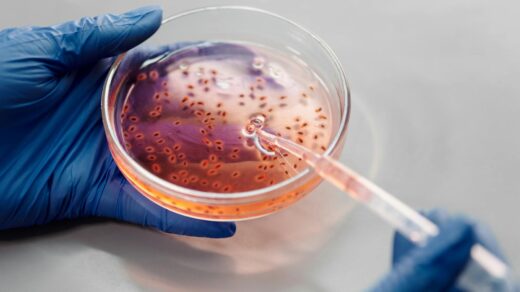Pleiotropy is a central genetic concept referring to how a single gene can affect multiple phenotypic traits. The recognition of pleiotropy is crucial to understanding the contribution of genetic variation in biological systems to their complexity. The term “pleiotropy” comes from the Greek words pleio, meaning “many,” and tropic, meaning “affecting.”
Mechanisms of Pleiotropy
Biochemical Pathways
A product or an intermediate of one pathway can perform multiple functions across different pathways because many biochemical pathways are interconnected. For example, a single enzyme might be involved in several reactions, leading to diverse physiological outcomes.
Pleiotropy often occurs because genes control many traits in complex webs of regulation. Transcription factors, for instance, may regulate the expression of tens of downstream genes; thus, they impact dozens of traits simultaneously.
Developmental Processes
Some genes determine the formation of multiple tissues and organs during development. A mutation of such a gene may knock out many developmental pathways and cause a wide variety of phenotypic abnormalities.
Key Characteristics of Pleiotropy
Single Gene, Multiple Effects
Alteration of gene expression may affect several traits, one being more evident while the others are less significant. This degree of variability can make it difficult to analyze the genetic trait involved.
Polygenic vs Pleiotropy
It is often confused with polygenic inheritance, which refers to a single genetic effect made by several genes. Pleiotropy refers to a single gene that influences more than one trait; it differs in the nature of the effect.
Examples of Pleiotropy
1. Drosophila Eye Color
The white gene, which creates white eye color in the fly Drosophila melanogaster, is pleiotropic. This gene not only influences the pigmentation of the eyes but also their shape—the shape of female reproductive organs, namely, the spermathecae, that store sperm. So, in this case, the influence of one gene encompasses a rather broad range of phenotypes: white eyes and reproductive traits.
2. Frizzle Trait of Chicken
The frizzle gene imparts an abnormal structure to the feathers, which have a characteristic curl. The frizzle gene has many pleiotropic effects:
- Positive Effects: Chickens bearing the frizzle trait adapt well to warm climates as they dissipate heat more efficiently.
- Negative Effects: In most of these chickens, metabolic rate is high, production is low, and organ function has been compromised, with expected problems in the heart, kidneys, and spleen.
3. Sickle-Cell Anemia
Consider sickle-cell anemia—a mutated allele of the hemoglobin gene (HBB). Health issues differ in individuals who carry the sickle-cell allele, such as:
- Pain Crises: Caused by sickle-shaped red blood cells which cause blood blockage.
- Anemia: Resulting from rapid destruction of these abnormal cells.
- Increased Chances of Infection: As the spleen progressively gets damaged.
- Organ Damage: Due to impaired blood flow and oxygen supply to various tissues.
This exemplifies how a single mutation can cause several severe complications.
Implications of Pleiotropy
Evolutionary Significance
Pleiotropy is very important in evolution because changes in a single gene can produce broad phenotypic effects on an organism, affecting its fitness and adaptability. It may be useful in the evolution of novel traits or adaptation of existing traits to changing environments.
Medical Genetics
Most genetic disorders show pleiotropic effects: a mutation in one gene can cause a spectrum of symptoms. This complexity requires a whole-approach strategy in diagnosis, treatment, and genetic counseling.
Pharmacogenomics and Drug Development
Pleiotropy poses major challenges in drug development and pharmacogenomics since drug effects can vary greatly depending on the pleiotropic effects of target genes. It also guides research into multifactorial diseases, where both genetic and environmental factors contribute to phenotypic outcomes.
Conclusion
Genetics is complex and multifaceted, and one of its fascinating characteristics is pleiotropy — the interconnectedness of biological traits. Understanding pleiotropy enhances our grasp of genetic variation in health, disease, and evolutionary processes. Studies on pleiotropy clarify findings for researchers and advance practical applications in medicine and conservation.

